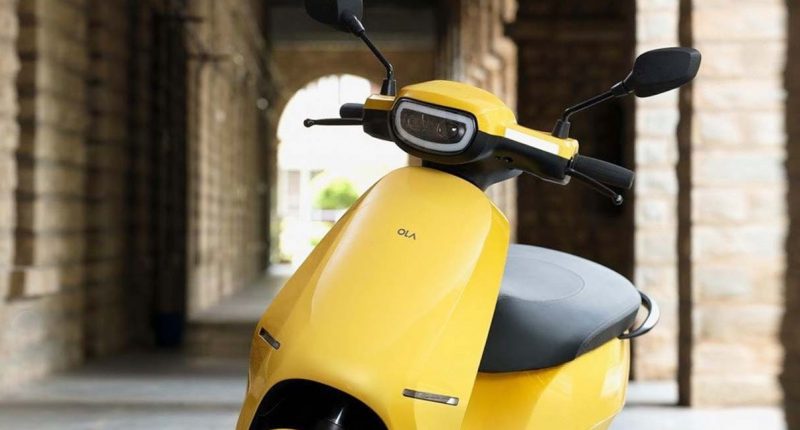Ola Electric is racing towards its gigafactory dream. In a groundbreaking fundraising effort, the Bengaluru-based company has successfully secured ₹3,200 crore (which amounts to approximately $380 million) in a funding round that combines equity investments and debt.
The capital has been raised in a mix of equity and debt – equity from several investors (led by Japan’s Temasek) and debt from the State Bank of India (SBI). A total of $240 million has been raised in debt financing from SBI. With the recent bout of funding, Ola Electric valuation saw a minor uptick to $5.5 billion from the earlier $5 billion.
This development is underscored by the substantial funding it has secured, which is set to be channelled into enhancing Ola’s EV manufacturing capacity, introducing a range of electric motorcycles, and even venturing into the electric car segment. Ola Electric’s visions also align with government policies, such as the Production Linked Incentive (PLI) scheme – it had been selected by the government under its cell PLI scheme and had receiving a maximum capacity of 20 GWh.
“We are committed towards developing core technologies in EVs and cell, and are rapidly scaling up manufacturing to further accelerate the transition to sustainable mobility,” Bhavish Aggarwal, cofounder and CEO, commented on the matter. “Our investors and lenders have shown deep faith in Ola’s vision, and we thank them for the constant support and encouragement.”
One of the most notable facets of Ola Electric’s plans is the establishment of India’s maiden indigenous lithium-ion cell manufacturing facility. This visionary project is set to be located in Krishnagiri, Tamil Nadu, and is slated to kick off with an initial production capacity of 5 GWh in its first phase, with ambitious plans to scale up to an awe-inspiring 100 GWh at full capacity in subsequent phases. This facility won’t only be groundbreaking for Ola as a business but a crucial step toward achieving energy independence for India. “At Ola, our vision is to end ICE age in automobiles and our upcoming Gigafactory will be a big leap in India’s journey towards becoming a global EV hub,” Aggarwal added. This facility will not only reduce India’s reliance on imported batteries but also enhance its ability to control the entire battery manufacturing process. Achieving energy independence has far-reaching implications for the nation’s energy security and economic stability.
Ola Electric’s innovation and expansion strategy extend to its product portfolio. While the company is already recognized for its electric scooters, it is now venturing into electric motorcycles. The company’s upcoming lineup includes four top-tier models: Diamondhead, Adventure, Roadster, and Cruiser. These models are designed to not only meet the stringent demands of the Indian market but also align with world-class standards, solidifying Ola Electric’s position as an industry leader. By expanding its EV manufacturing capacity and introducing a range of electric motorcycles and cars, the company is set to play an instrumental role in reducing the nation’s dependence on internal combustion engines.
The extensive funding Ola Electric has secured also marks an essential step toward its vision. The company is diligently planning an initial public offering (IPO) to enable broader participation and further investment in its ventures. The IPO, expected to materialize in the near future, is anticipated to be one of the most significant automotive IPOs in India, potentially raising between $800 million to $1 billion, while the valuation may rise to $9-10 billion for the listing.





